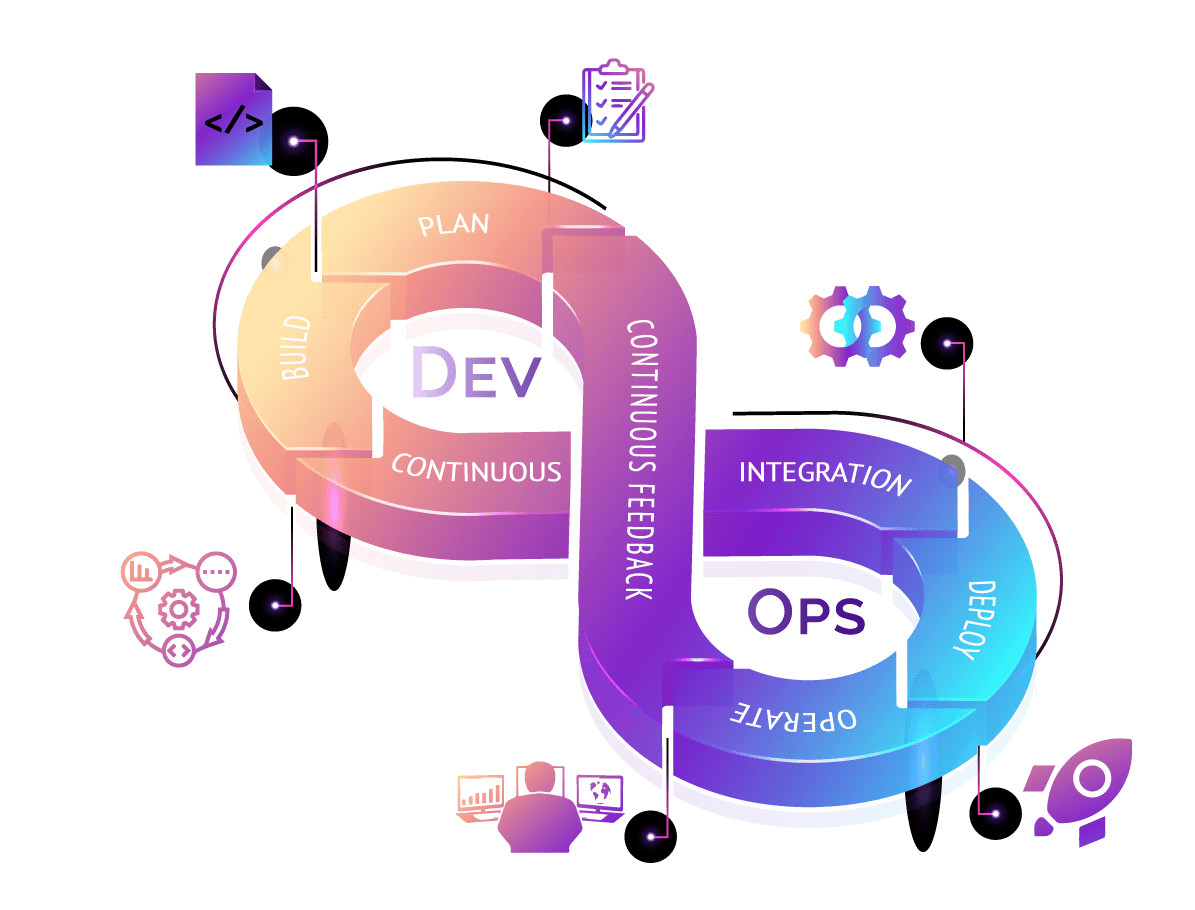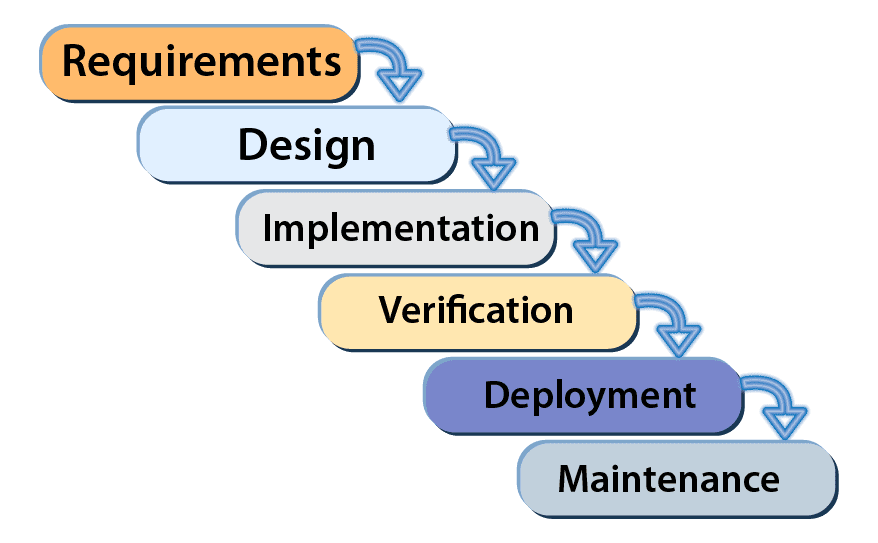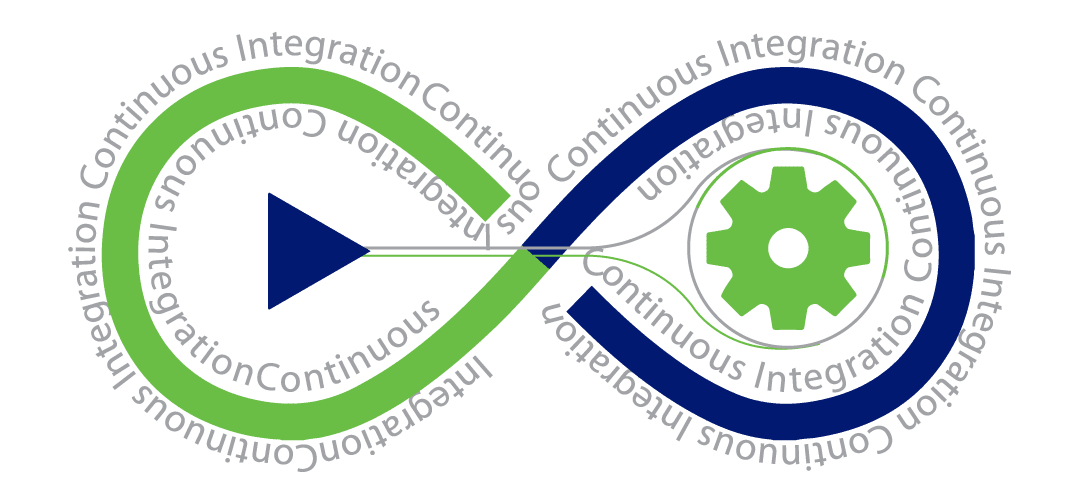Contents
- Introduction
- What is DevOps?
- Why DevOps matter?
- Need for Checklist
- A cross-functional team
- Communication culture & global thinking
- Customer-oriented culture
- Source & revisions control
- Infrastructure as code
- Continuous integration
- Continuous delivery
- Automated release management
- Key performance indicators
- Conclusion
Introduction
In this article, we’ll be exploring the DevOps checklist that businesses must consider to gauge the maturity of their software delivery competency. This list covers different scenarios of implementing DevOps culture. This DevOps checklist is intended to be a guide to help businesses to focus on some of the aspects, essential qualities, principles, and techniques that have proven to work that companies should be aware of.

What is DevOps?
DevOps is a unification process that aligns people and organizations towards a common goal. There is no specific definition of what DevOps is or isn’t. DevOps is all about the combination of philosophies, practices, tools, ideas, principles, behaviors, and processes for delivering efficient software/services/products faster to serve their customers better in the competitive environment.
The DevOps model unifies development and operations teams to work on the entire application lifecycle, from development and test to deployment to operations. In some DevOps models, development, IT operations, quality engineering, and security teams coordinate and collaborate with each other on the entire application lifecycle to produce efficient and more reliable products. DevOps, today, is not just a bunch of ideas and principles but has developed and goes beyond dev, ops, agile, cloud, open-source, and business.
Why DevOps matter?
Software is no longer a tool that strengthens and supports a business; instead, it has become an integral part of the business. DevOps adoption is growing rapidly. DevOps adoption at the fundamental level has drastically changed how tech company operates. DevOps practices have assisted businesses with a range of benefits, enabling faster delivery of the application, enhanced innovation, greater efficiency, security, and organizational collaboration.
Need for Checklist
Checklists make sure that you will not forget anything. They have proven to be effective in organizing & managing tasks, maintaining consistency, reducing errors, increasing productivity, and ensuring all steps in a task are completed. DevOps checklists are unique to the teams that use them. As technology stacks evolve, so do the checklists. DevOps checklists help businesses to respond to issues in a consistent and timely manner.

Let’s explore the DevOps Checklist that can be incorporated by companies looking at adopting DevOps as a starting point to assess their DevOps culture and processes.
A cross-functional team

In the past, the waterfall model was prevalent. IT organizations operated as independent silos: people with different expertise worked under departmental boundaries and communicated with another department as needed. Today, organizations are moving away from the siloed team approach and establishing cross-functional teams with employees of different expertise working together to fulfill a common objective.
A cross-functional team offers a range of benefits such as resolving issues of conflicting priorities, improving communication and quality, ensuring a consistent focus on the customer experience, improving conflict resolution, and improving alignment and use of resources. Therefore, companies should make sure that they have a cross-functional team to reap the infinite rewards and unleash the true potential of your business.
Communication culture & global thinking

DevOps culture mainly revolves around having efficient communication and collaboration across teams. Coordinating projects across departments will foster communication between departments establishing common and global goals, reduce the gap between teams, and encourage people to work together.
Inherently, creating a loop of continuous feedback and response is crucial within the DevOps environment to develop strong team communication.
Customer-oriented culture

Users’ expectations for better/faster/cheaper features compel enterprises to adopt new tools and practices that support integrating the customer experience.
With the DevOps approach, Dev and Ops teams, in collaboration, can better understand customer needs and build a customer-oriented culture by incorporating automation and continuous delivery into DevOps. Having precise business & customer needs, measurable goals, and continuous testing can lead businesses to deliver innovative customer experience features quickly to meet customer expectations.
Source & revisions control
Source Control & Revisions is one of the key tools used by successful DevOps teams, and it acts as one of the best indicators of overall software engineering performance. Source Control enables enterprises to keep a shared repository of source code, helping them to track and manage changes made to the code by different team members and access code modification history, including any conflict resolution.
Version control enables enterprises to document changes in the project, code, environment configuration, or anything else. Version control provides detailed tracking of changes made to projects and insights for faster and simplified bug squashing, enables simultaneous development, manages the merges, and increases the reliability of the final product.
Infrastructure as code

With Infrastructure As Code (IaC), you define the infrastructure you need for your application as code. Since it’s just text, you can describe all software runtime environment and networking settings and parameters which is stored Version Control System (VCS).
Using text files, enterprises can run the code and deploy brand new environments described in the IaC by using DevOps tools like Terraform and Kubernetes to automatically provision and configure servers, testing, staging, and production environments.
IaC ensures continuity, as all the environments are provisioned and configured automatically, with no room for human error. Thereby, employing infrastructure as code significantly speeds up and simplifies the software development and infrastructure operations.
Continuous integration

Continuous Integration (CI) is the practice that enables developers to frequently merge code changes from multiple contributors into a shared repository frequently. With enterprises compiling a list of tasks in the software development process,
When different tasks compiled from the enterprises are distributed amongst the developers, continuous integration enables all the developers to always work synonymously on the same project trunk and integrate their code. This allows enterprises to update their products or service instantly, sometimes many times a day, with the help of tools like Gitlab CI, CircleCI, Jenkins, Ansible, or AWS Pipeline. CI shortens the time-to-market dramatically without jeopardizing the product performance.
When different tasks compiled from the enterprises are distributed amongst the developers, continuous integration enables all the developers to always work synonymously on the same project trunk and integrate their code. This allows enterprises to update their products or service instantly, sometimes many times a day, with the help of tools like Gitlab CI, CircleCI, Jenkins, Ansible, or AWS Pipeline. CI shortens the time-to-market dramatically without jeopardizing the product performance.
Continuous delivery

Continuous delivery is the delivery phase where code changes are automatically prepared for a production release. Continuous delivery is the extension of continuous integration.All code changes to the testing and/or production environment after the build stage is automatically deployed with proper implementation. Developers will have an automated release process so that businesses can deploy their applications any time by clicking a button.
Continuous delivery lets developers thoroughly validate their updates with vigorous testing enabling enterprises to release more often, thus expediting the feedback loop with your customers
Automated release management
Automated release management approach provides end-to-end visibility from tracking applications in development, builds, version control, repositories and artifact delivery, tests, server provisioning, application configuration to production deployment.
The automation of release management ensures continuous integration, enhancing the efficiency of continuous delivery pipelines allowing continuous deployment of complex applications.
Key performance indicators
A suitable set of DevOps metrics needs to be selected to track and identify the application delivery speed, quality, and application performance such as Deployment frequency, Change volume, Deployment time, Lead time, Customer tickets, Automated test pass %, Defect escape rate, Availability, Service level agreements, Failed deployments, Error rates, Application usage and traffic, Application performance, Mean time to detection (MTTD) and Mean time to recovery (MTTR).Careful tracking of above mentioned KPIs will ensure greater efficiency in the entire life cycle of the application and enable enterprises to provide a great end-user experience.
Conclusion
The DevOps checklist is neither static nor unique, and there is no hard-and-fast rule that one is obliged to implement all of these points fully.
This checklist can help you get started by thinking of the possible practices that you can deploy in your organization to reap the benefits of DevOps practices.
This checklist can help to pay attention to details that might otherwise be overlooked. With , you continually look for ways to automate tasks and streamline processes.




